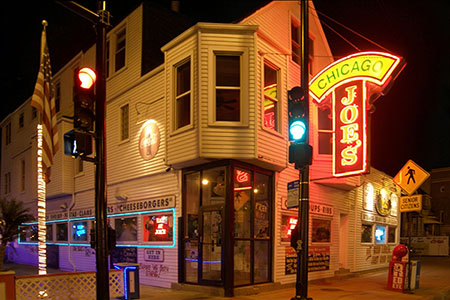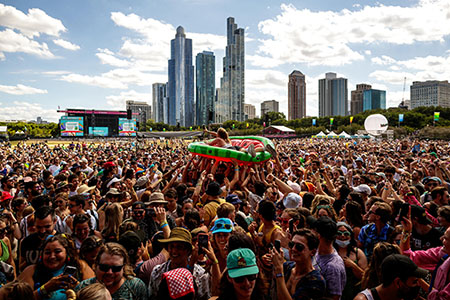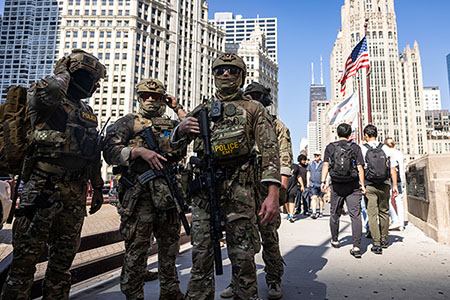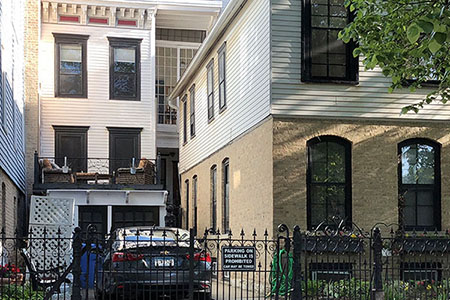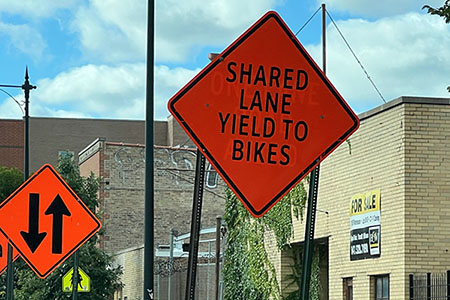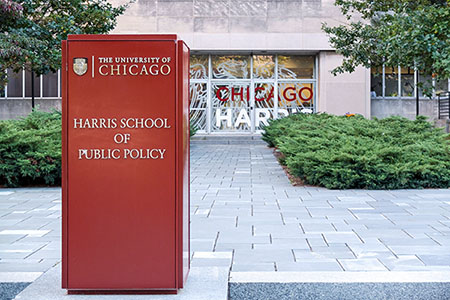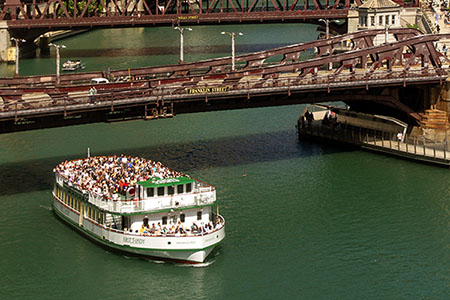Aug. 31, 2011 – From the 1840s to the 1960s, the movable bridges over the Chicago River were opened, closed, and maintained by full time bridge tenders. Today, the bridges over the main and south branches are staffed just two days a week in the spring and fall. But the manager of the 896-unit residential property at Marina City is asking the City of Chicago to bring back bridge tenders as a way to fight a growing problem with panhandlers and other nuisances. The idea was one of four suggestions offered to 42nd Ward Alderman Brendan Reilly, according to an August 30 memo to Marina City residents from David Gantt of Draper & Kramer. Gantt proposes “a return of bridge tenders who would be located in the bridge house on each bridge where the space is already heated and air conditioned and has loud speakers to fend off offenders.”
Gantt: City “marginalizes” residents Gantt says his management office has had “ongoing discussions” with Reilly’s office about holding a CAPS meeting (Chicago Alternative Policing Strategy, a partnership between Chicago Police Department and communities) at Marina City, to give residents “opportunity to air their concerns regarding aggressive panhandling on the bridges and other illicit activities.” According to Gantt, Chicago police rejected that idea, suggesting instead that residents attend a CAPS meeting on September 1 at Access Living, a city-funded business that provides services to people with disabilities, located about 12 blocks away at 115 West Chicago Avenue. “By holding the meeting so far from Marina City,” says Gantt, “it almost appears that the concerns of [Marina City] residents are greatly marginalized.” Other suggestions include installing police-monitored security cameras on bridges, increasing police presence near the CTA station at Grand & State, and meetings between police and the Apartment Building Owners and Managers Association. |









